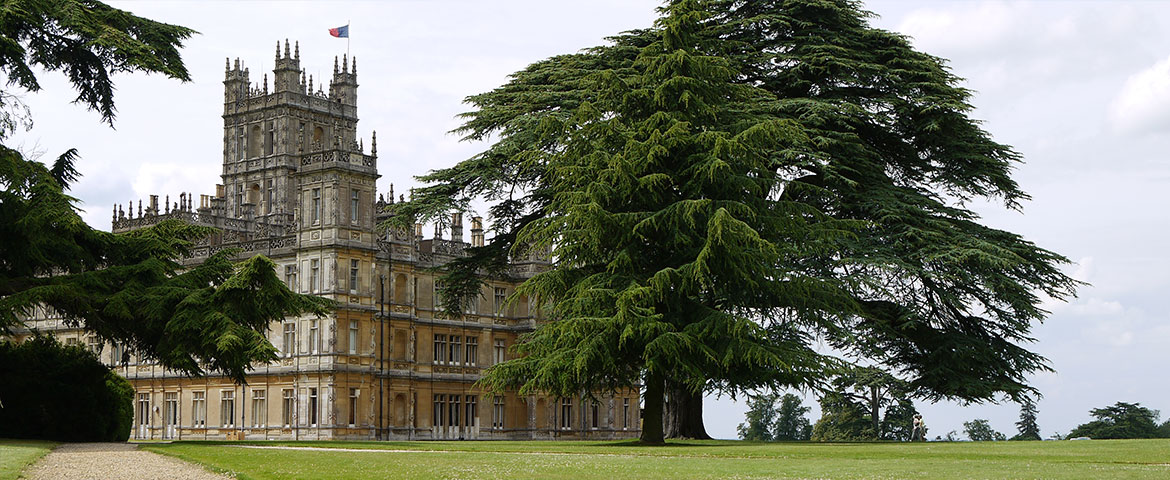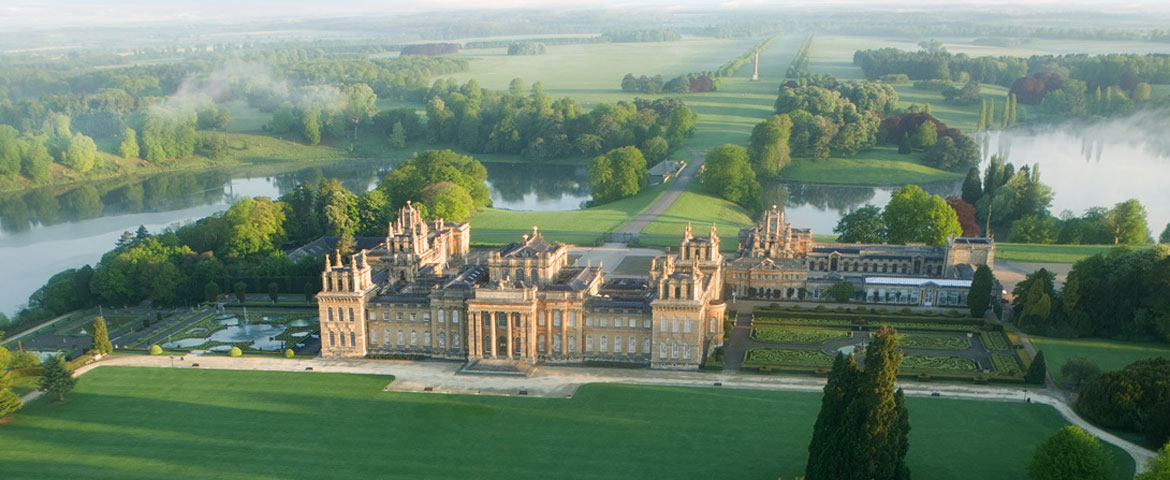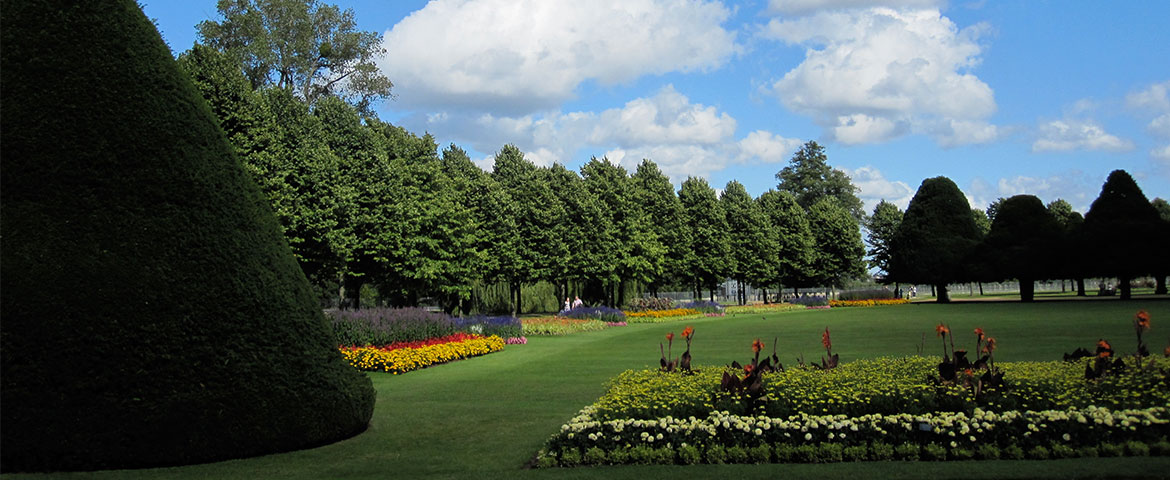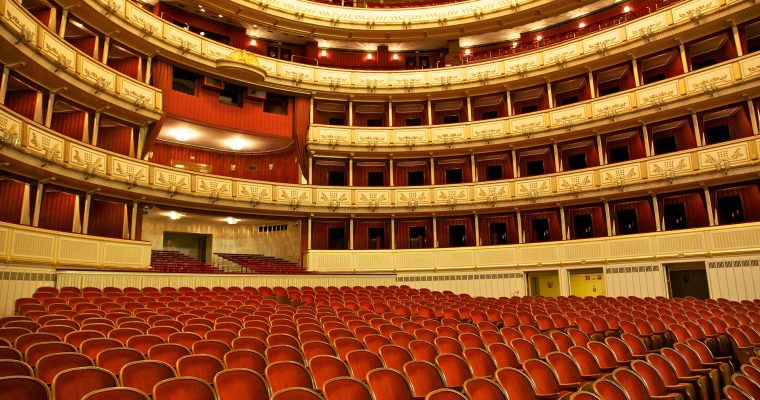Three hundred years ago, the fifth son of the land agent and chambermaid at the great house of Kirkharle in Northumberland was born. They named him Lancelot, but history remembers him as Capability Brown.
This year, visitors to England will be able to attend festivals, exhibitions, lectures, walks and celebrations honoring the life and work of the man who has been termed “the Shakespeare of Gardening.” As a landscape architect and builder, Capability Brown helped create a look for the grounds of some of Britain’s most famous great houses and estates that helped define “the English garden” just as JWM Turner defined English painting and Wordsworth English poetry.
There are more than 170 gardens, parks and grounds created by Brown scattered all around England (he once famously turned down a commission in Ireland because, as he said, “I’m not finished with England yet.”) Some of the greatest estates in the kingdom boast his knowing hand, including the grounds at Blenheim Palace, home of the Dukes of Marlborough and birthplace of Sir Winston Churchill; some of the gardens at Hampton Court, the palace beloved of King Henry VIII and other royals; and 1,000 acres of countryside that surround Highclere Castle, now known to millions of TV watchers as “Downtown Abbey.”
 Capability Brown overthrew the fusty styles of landscaping that existed in his 18th century time: the formal gardens of Versailles and other European palaces, heavy on ornamentation, formal walkways and the use of topiary.
Capability Brown overthrew the fusty styles of landscaping that existed in his 18th century time: the formal gardens of Versailles and other European palaces, heavy on ornamentation, formal walkways and the use of topiary.
Instead, he opted for a more natural look with acres of green grass interspersed with natural looking stands of trees and shrubs. He loved to create watery spaces by damming up streams to create lakes and ponds, and often linked them with hidden pipes and culverts to create sinuous waterscapes across the landscape.
His peaceful and placid style fell out of favor after his death in 1783, replaced by the Victorian’s return to elaboration and ornamentation. But the stress-free style of a Capability Brown garden or estate is again popular today.
 His nickname derived from his frequent assertion to a landowner than his property “had a great deal of capabilities for improvement.”
His nickname derived from his frequent assertion to a landowner than his property “had a great deal of capabilities for improvement.”
The celebration of Brown’s life and work has already begun with the opening of an exhibition at Blenheim Palace, some ten miles northwest of Oxford, where Brown worked from 1763-1774. A small gallery near the estate’s stables holds maps, tools, costumes and plans from the day. There are self-guided walks through the estate to 12 significant viewpoints, and carriage rides through the parkland. In May, Jane Brown, the author of Lancelot Capability Brown: The Omnipotent Magician, will deliver a lecture and sign copies of her book.
At Hampton Court Palace in Surrey, where Brown was named Chief Gardener by King George III, an exhibition “The Empress and the Gardener” will run from April 28-Sept, 4. A series of watercolors of Hampton Court found at St. Petersburg’s Hermitage will explore the influence Brown had on Catherine the Great, another landscaper of some note.
 For those visiting the Cotswolds, there is a “Capability Brown Garden Trail,” a self-drive itinerary staying at B&Bs on working farms close to key sites, including Croome Court in Worcestershire, one of Capability’s first large commissions.
For those visiting the Cotswolds, there is a “Capability Brown Garden Trail,” a self-drive itinerary staying at B&Bs on working farms close to key sites, including Croome Court in Worcestershire, one of Capability’s first large commissions.
At Bowood House in Wiltshire, a summer-long exhibition (March 25-Oct.31) called “Terrestrial Delights: Capability Brown and the Bowood Landscape” will center on the story of the grounds Brown designed in 1762.
From May 15 to May 22, Highclere Castle, home to the Earl of Carnarvon and known as “Downton Abbey,” will offer “Capability Brown at Highclere” to showcase the work the designer did at the estate in 1771.
These are just a handful of the events scheduled throughout England this year. For more information, visit capabilitybrown.org or visitengland.com/gardens.







